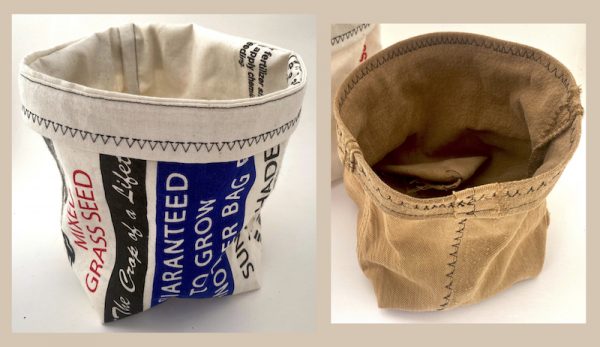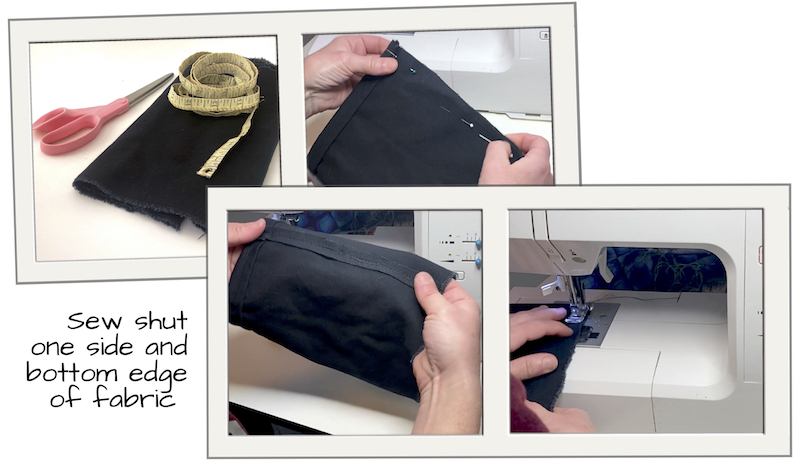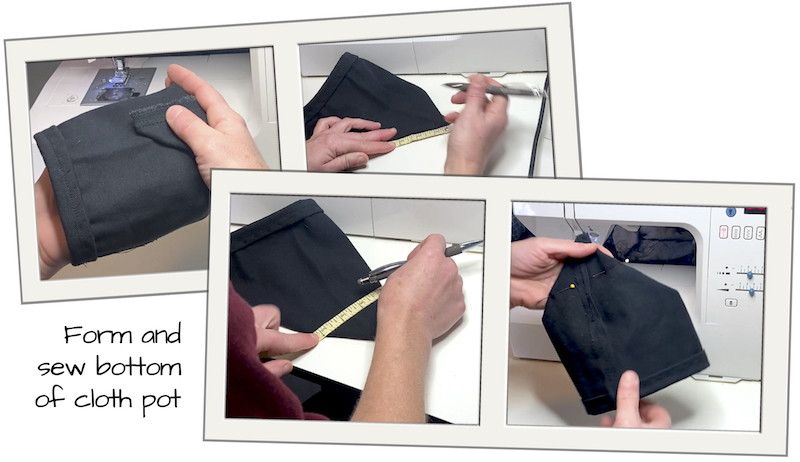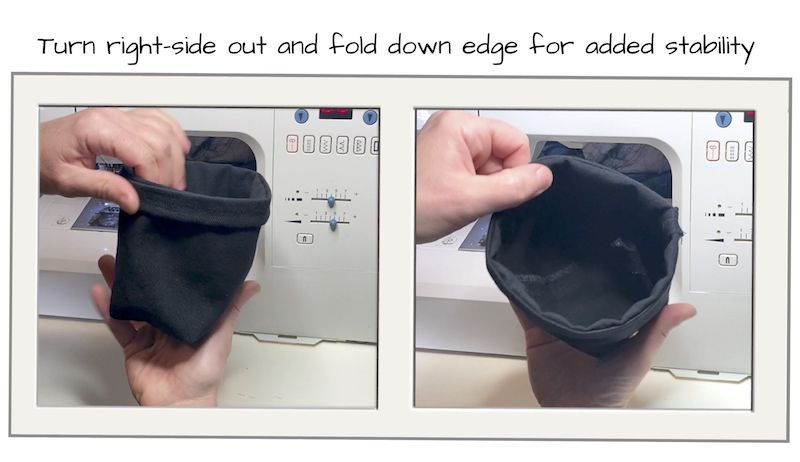
With an avalanche of seed catalogs on the way, you may be itching to get back to the garden. But, if it’s still too cold where you live, why not whip up some planting containers for the coming spring?
Made of heavy cloth like canvas, denim or felt, fabric pots hold their own just as well as plastic or clay pots. And when it comes to storage, they’re much more compact.
You can even throw them in the washing machine or sanitize in a bucket of bleach solution between growing seasons.
Other Benefits
Fabric pots benefit the plants they contain in some specific ways, too. For instance, once your plants are well-established, you can plant them—fabric pot and all—directly in your garden bed. In time, plant roots will grow through natural fabrics like cotton and into the soil.
This is particularly helpful for plants with long tap roots and those that don’t tolerate transplanting well.
Of course, you can always keep your fabric pots above ground to use again and again. You just might notice that plants growing in fabric pots fare better than those growing in plastic or even clay. Because oxygen can penetrate the walls of cloth pots, plant root systems are “air pruned.”
As a result, rather than becoming root-bound, plant roots exhibit healthy, branching growth.
Cloth pots also work well for indoor plants, and they can make attractive additions to your décor. Furthermore, when you make your own, you can tailor their size and shape for specific houseplants.
Read more: Why start with starts? They get your garden going sooner!
Planning and Supplies
To make a cloth pot that’s about five inches tall and four or five inches wide, you’ll need a 10-by-15-inch scrap of fabric that’s fairly stiff. Think heavy denim, canvas, landscape fabric, or felt. (I’ve even made collapsible pots from woven plastic chicken feed and birdseed bags. Just keep in mind that these don’t allow for air pruning like their fabric counterparts do.)
You’ll also need a measuring tape, scissors, marker, iron, and a sewing machine fitted with a heavy-gauge needle and heavy-duty thread. (I use a #14 gauge needle and upholstery thread.)
Step by Step
So that the top of your pot has a nice, finished edge, make a quarter-inch fold along one of the long edges. Iron flat or pin and then straight-stitch. Fold over once more, iron or pin, and then zig-zag stitch across.
Next, lay out cloth so that the finished edge you just made is pointed up and the wrong side of the fabric faces away from you. (You’ll be sewing on the wrong side of the fabric and, eventually, you’ll turn the whole thing inside-out, so that the fabric’s right-side shows.) Fold fabric in half, so that its right sides touch one another. Pin and straight-stitch a seam along the edge. At this point, you should have a fabric tube. Iron open the seam you just sewed and then zig-zag stitch to strengthen the opened seam.
Now, straight-stitch across what will be the bottom of the pot. To strengthen this area, go back over it with a zig-zag stitch. To finish forming the bottom of the pot, pinch one corner of this new bottom seam between your thumb and index finger and fold it up toward the lip of the pot.
(The tip of the corner should line up with the center of the side of your fabric pots. See below.)

During this step, experiment with the amount of material that you pull upward, as this will determine your pot’s depth. For my part, I measured up three inches from the tip of the corner along both the right and left diagonal edges and marked these points accordingly. Then, I connected these points with a straight line, pinned the area, and straight-stitched across.
You’ll follow a similar process for both of your corners. And, as you sew across each corner, make sure the seam at the bottom of your pot is folded in the same direction. To add stiffness, reinforce corners with a zig-zag stitch.

Finishing Touches
For the last step, turn your pot inside-out, so that the right side of the cloth faces out. Use your fingers to poke along the bottom edges of the pot. Its base will be slightly squared, and you may have to manipulate it a bit to get it to stand up straight.

Finally, fold the top edge of the pot down once or twice to add a decorative touch and extra structure to your container. Come planting time, you can use these fabric pots just as you would plastic or clay.




